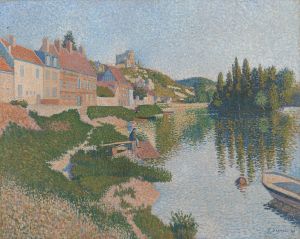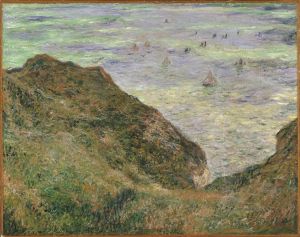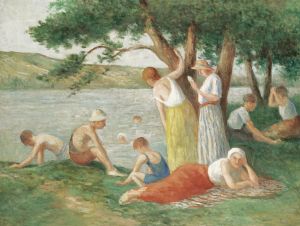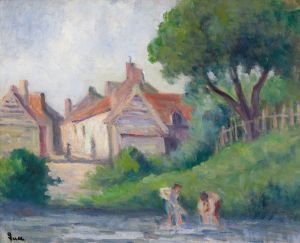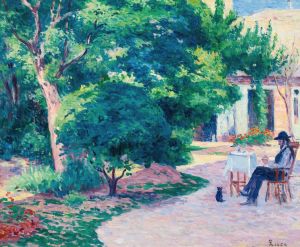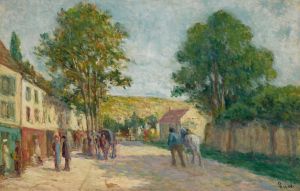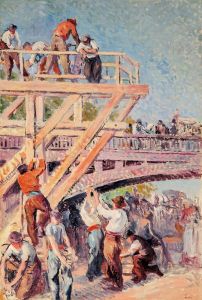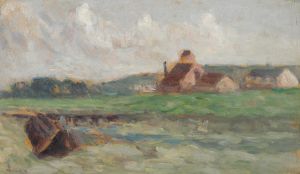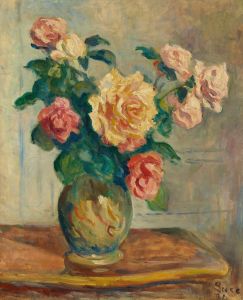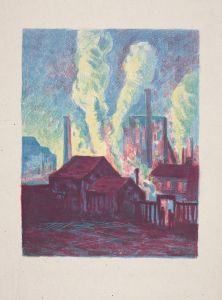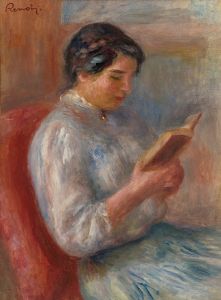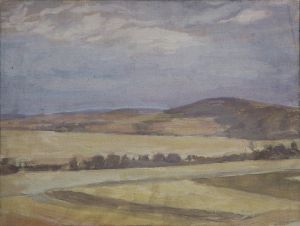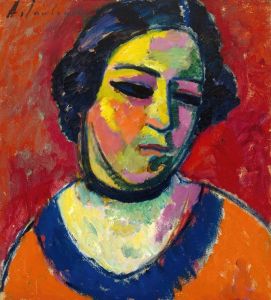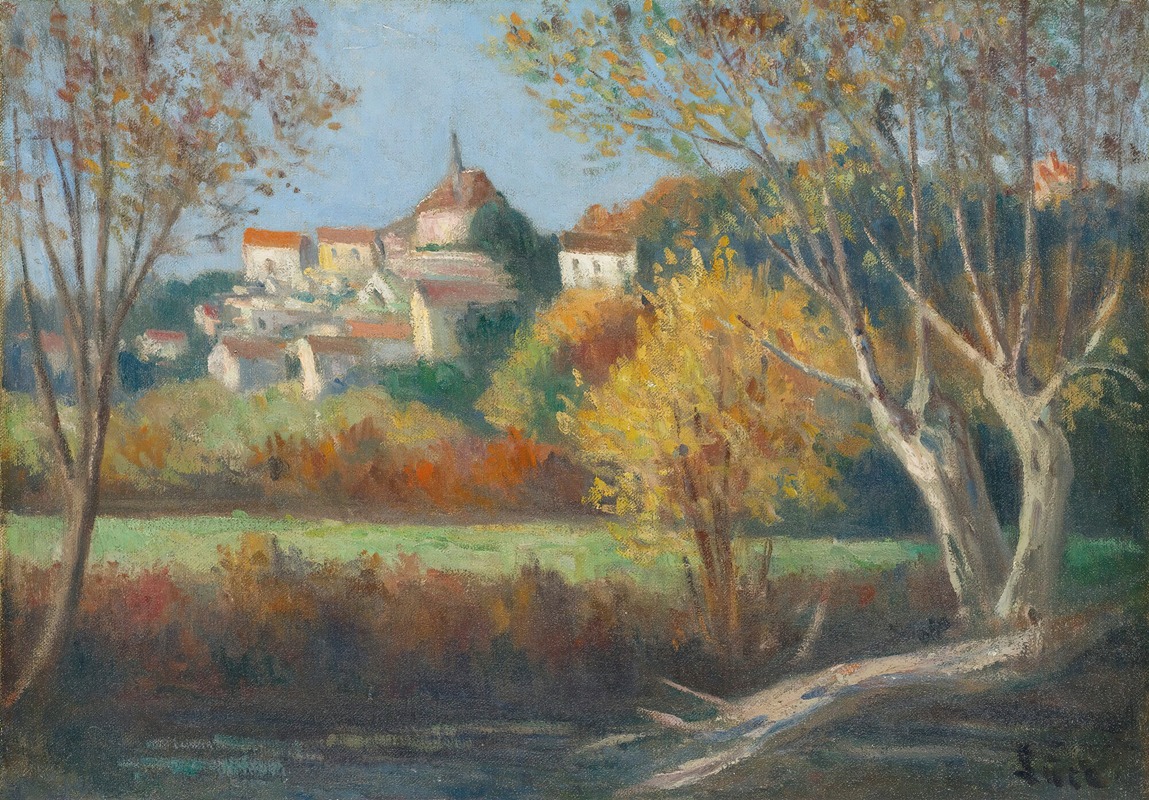
Rolleboise, Le Village
A hand-painted replica of Maximilien Luce’s masterpiece Rolleboise, Le Village, meticulously crafted by professional artists to capture the true essence of the original. Each piece is created with museum-quality canvas and rare mineral pigments, carefully painted by experienced artists with delicate brushstrokes and rich, layered colors to perfectly recreate the texture of the original artwork. Unlike machine-printed reproductions, this hand-painted version brings the painting to life, infused with the artist’s emotions and skill in every stroke. Whether for personal collection or home decoration, it instantly elevates the artistic atmosphere of any space.
Maximilien Luce was a prominent French Neo-Impressionist painter known for his vibrant use of color and light. Born in Paris in 1858, Luce was initially trained as an engraver before turning to painting. He became associated with the Neo-Impressionist movement, which was characterized by the use of pointillism—a technique involving the application of small, distinct dots of color to form an image. Luce was influenced by the works of Georges Seurat and Paul Signac, who were pioneers of this technique.
"Rolleboise, Le Village" is one of Luce's notable works, capturing the serene and picturesque essence of the French countryside. Rolleboise is a small commune located in the Île-de-France region, known for its scenic landscapes and historical significance. Luce's choice of Rolleboise as a subject reflects his interest in capturing the everyday life and natural beauty of rural France.
The painting exemplifies Luce's mastery of light and color, showcasing his ability to depict the subtle variations in natural light. His use of pointillism in "Rolleboise, Le Village" creates a shimmering effect, as the viewer's eye blends the individual dots of color into a cohesive image. This technique allows for a vibrant and dynamic representation of the village, with the interplay of light and shadow adding depth and dimension to the scene.
Luce's work often focused on themes of social realism, and while "Rolleboise, Le Village" primarily highlights the aesthetic beauty of the landscape, it also subtly reflects the tranquility and simplicity of rural life. The painting captures a moment in time, inviting viewers to appreciate the quiet charm of the village and its surroundings.
Throughout his career, Luce was not only a painter but also an active political figure. He was involved in anarchist movements and used his art to express his political beliefs. While "Rolleboise, Le Village" does not overtly convey political themes, it is part of Luce's broader body of work that often explored the lives of ordinary people and the environments they inhabited.
Maximilien Luce's contributions to the Neo-Impressionist movement were significant, and his works continue to be celebrated for their technical skill and emotional depth. "Rolleboise, Le Village" remains a testament to his ability to capture the essence of a place through his innovative use of color and light. Today, Luce's paintings are held in various public and private collections, admired for their beauty and historical importance.
In summary, "Rolleboise, Le Village" is a quintessential example of Maximilien Luce's Neo-Impressionist style, showcasing his talent for capturing the beauty of rural France through the lens of pointillism. The painting not only highlights Luce's artistic skill but also serves as a window into the serene and idyllic world of the French countryside during his time.





